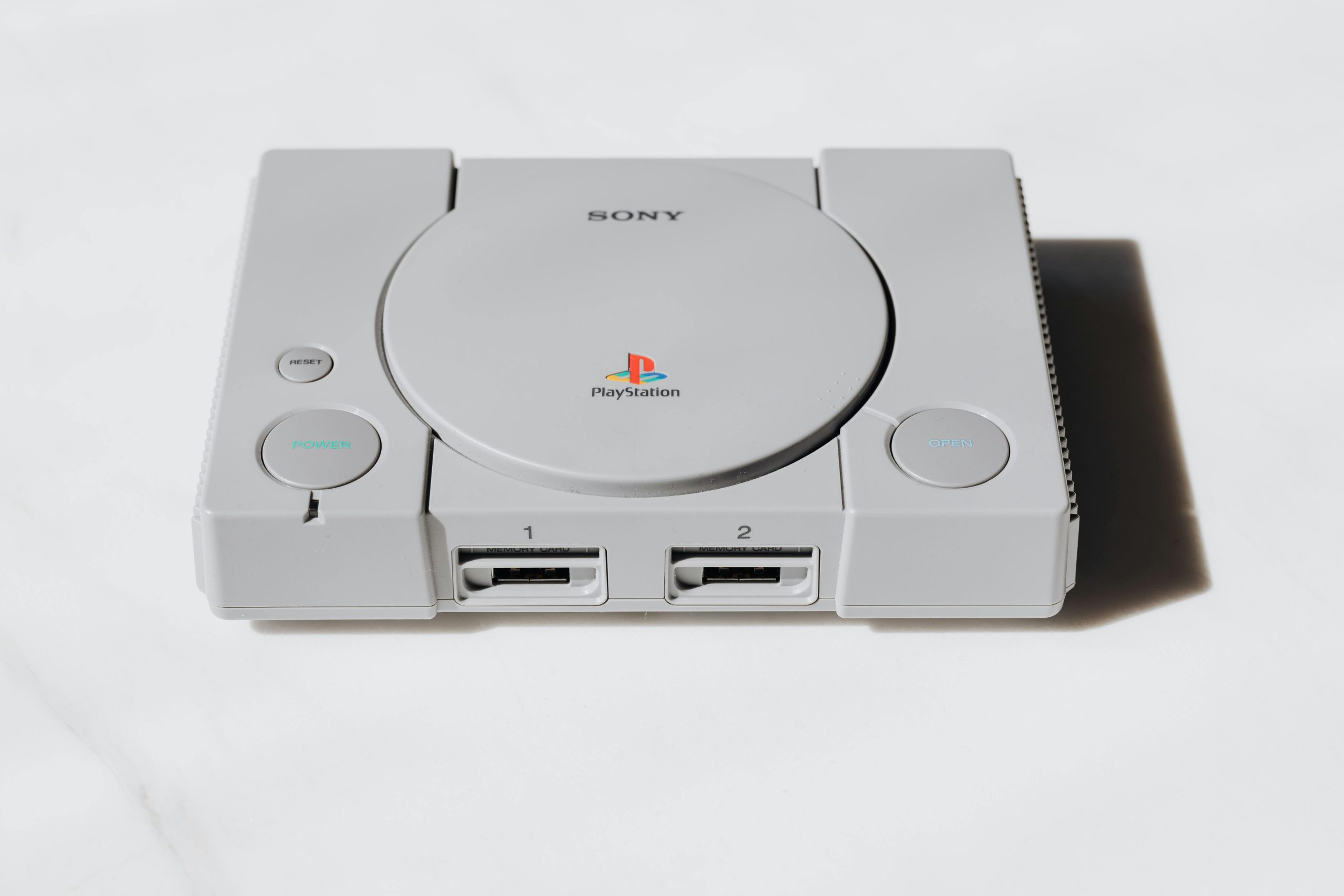Addressing Severe Gaming Stuttering: Troubleshooting 1% and 0.1% Low Frame Rate Drops in Custom PCs
Building a custom gaming PC can be an exciting endeavor, but it often comes with unforeseen challenges. One such issue many enthusiasts encounter is severe stuttering during gameplay, characterized by frame drops at the 1% and 0.1% low levels, which significantly hampers the gaming experience despite high average frame rates. This article explores potential causes and troubleshooting steps for resolving these disruptive frame rate dips.
Understanding the Issue
In high-performance gaming setups, consistent frame delivery is crucial. However, some users report interruptions in smooth gameplay, manifesting as noticeable stuttering, especially during moments like menu navigation, scene transitions, or entering new game areas. These issues can persist even when hardware components appear to operate within normal thermal limits and under optimal conditions.
Common Potential Causes
-
Thermal Throttling of Components:
While temperatures are often a concern, it’s important to monitor not just CPU and GPU temperatures but also SSD thermal states. Though SSDs might generate heat, reaching throttling temperatures is less common unless cooling solutions are insufficient. -
Storage Drive Performance:
High temperatures on SSDs—particularly NVMe drives without adequate heatsinks—can lead to thermal throttling, reducing data transfer rates and causing stuttering. Even with heatsinks, sustained high temperatures may impact performance. -
Power Management and BIOS Settings:
Suboptimal BIOS configurations, including power settings, PCIe configurations, or other hardware-specific options, can cause the system to behave unpredictably under load. -
Driver and Software Conflicts:
Outdated or incompatible drivers, even across different operating systems, may introduce performance issues. It’s important to ensure all drivers, especially GPU and chipset drivers, are up to date. -
Background Processes and Power Plans:
Running background applications or using power-saving modes can interfere with game performance. Ensure that power plans are set to high performance and unnecessary processes are disabled.
Troubleshooting Strategies
-
Monitor Component Temperatures and Throttling:
Utilize tools like HWinfo, MSI Afterburner, or manufacturer-specific utilities to monitor CPU, GPU, and SSD temperatures in real time. Confirm whether any component is hitting its thermal throttle threshold during gaming. -
Test Storage Performance:
Run benchmarks on SSDs to assess their read/write speeds during gaming sessions. Consider adding heatsinks or improving airflow around SSDs to prevent overheating. -
Update BIOS
Share this content:



